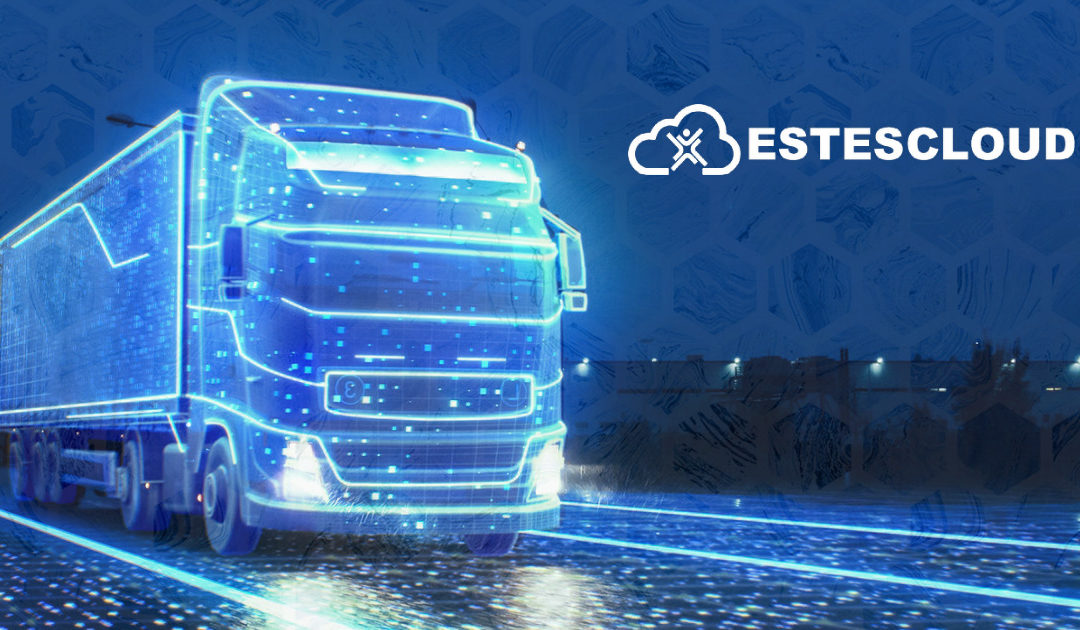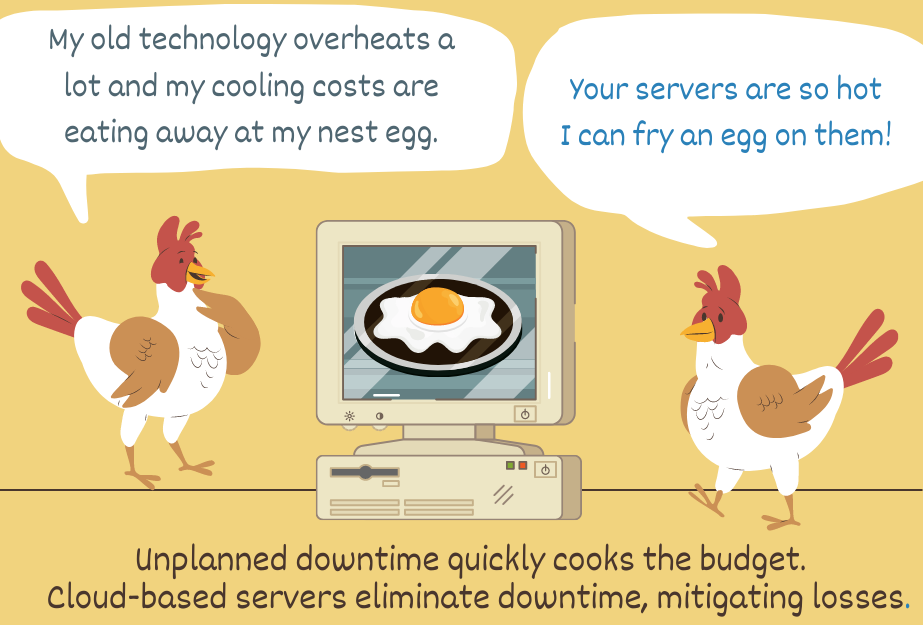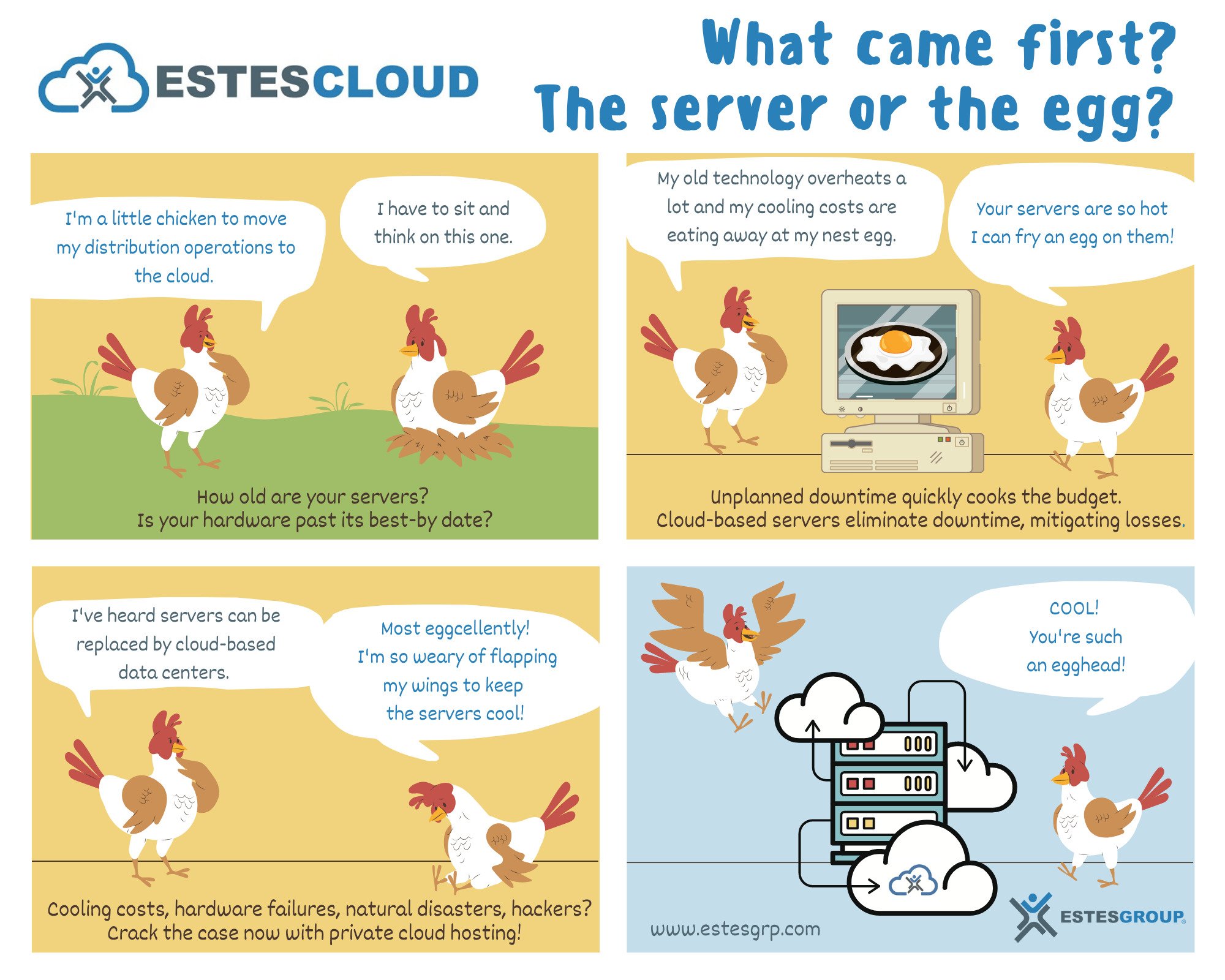
P21 Integrations: Best Practices & Lessons Learned
Epicor Prophet 21 System Software Integrations
The most challenging part of a Prophet 21 migration are the P21 integrations. For many companies, third-party integrations are a necessary component of their P21 ecosystem. Compared to many ERP applications, Prophet 21 has been highly reliant on third-party software to round out the functionality necessary to support the needs of many Epicor customers.
With this necessity comes the challenge of integration. Third-party solutions differ in their integration strategies, and depending on the P21 version and the architecture of the bolt-on, one of many integration strategies may be employed.

Seamless Integrations
Speaking of architecture, historically speaking, the P21 application traditionally possessed a two-tier architecture, with the P21 desktop application acting as a fat client, talking directly to the P21 database layer. In the absence of a Prophet 21 middleware or application server layer, third-party applications, out of necessity, interacted with the P21 application at the database level.
Logical Business Logic
Only over the past several years has the Prophet 21 ERP expanded to include an application server layer, known as the P21 middleware server. This allows for a new layer of P21 integrations. These integrations can speak to the P21 application at the application server level, or even at the API level over the web. But for customers yet to migrate to P21’s three-tier architecture, or customers with legacy integrations that are not yet API-compliant, these new opportunities are still a work in progress.
The combination of a two-tier architecture and a “best-of-breed” approach to functionality resulted in a significant number of integrations speaking to the database directly. This was the case whether the applications in question were external applications conversing over a given communication protocol, installed applications functioning through Windows scheduled tasks or ongoing services, or installed directly into the Prophet 21 database, through a combination of SQL Server stored procedures and scheduled jobs. Add the middleware server, the web-based and hybrid clients, and the expiring legacy desktop application to this already-complicated situation, and the plot thickens.
Custom Development, Access, Control
Not surprisingly, access and control are critical to a Prophet 21 installation, if you intend to integrate your P21 ERP with a family of third-party applications. That is why our private cloud hosted architecture has been such a great fit for P21 customers, removing the challenges of on-premise installations while retaining the full functionality of the P21 application, and a hybrid cloud integration platform that can support third-party integrations at any level.
P21 Software Integration Worries, Care
All said, customers come to us with many questions regarding their Prophet 21 software and its integration environment:
- What is the best way to integrate an application with the P21 environment?
- How much programming is required?
- If my third-party vendor only integrates over the REST API layer, what do I need to do to make this work?
- If I’m implementing a solution that has multiple integration layer options, which layer should I choose?
- What about home-grown apps?
- Are there security concerns?
- How many holes do I need to punch in my firewall?
- With all these options, what are my best options for Prophet 21 server care?
- How bolted-on should a bolt-on be?
How EstesGroup Can Help
As a company whose specialty is the migration of the P21 customers into private cloud environments, and integrating their entire P21 ecosystems, we’ve learned many lessons in the trenches. On May 11th, at the P21 Midwest User Group meeting, EstesGroup’s Daryl Sirota and Chris Koplar will be discussing Prophet 21 integrations, and some of the best practices and lessons learned, as they relate to Prophet 21 integrations. Bring your integration questions and we’ll tell you everything we know when it comes to creating a seamless hybrid cloud environment.
Prophet 21 Midwest User Group Meeting – May 11th
The P21 Midwest User Group meeting starts on May 11th, at 9:00. The event will be held at the following location:
Lee Mathews, a Cogent company
4525 NW 41st St, Suite 400
Riverside, MO 64150
Are you a member of the P21 Midwest User Group and interested in attending? If so, contact Joseph Babbit ([email protected]) and spread the word!
Need help with Epicor Prophet 21 or general ERP system management, business processes, supply chain management, customer relationship management, or other key P21 challenges? Chat with us now to get real-time help with your P21 system!















